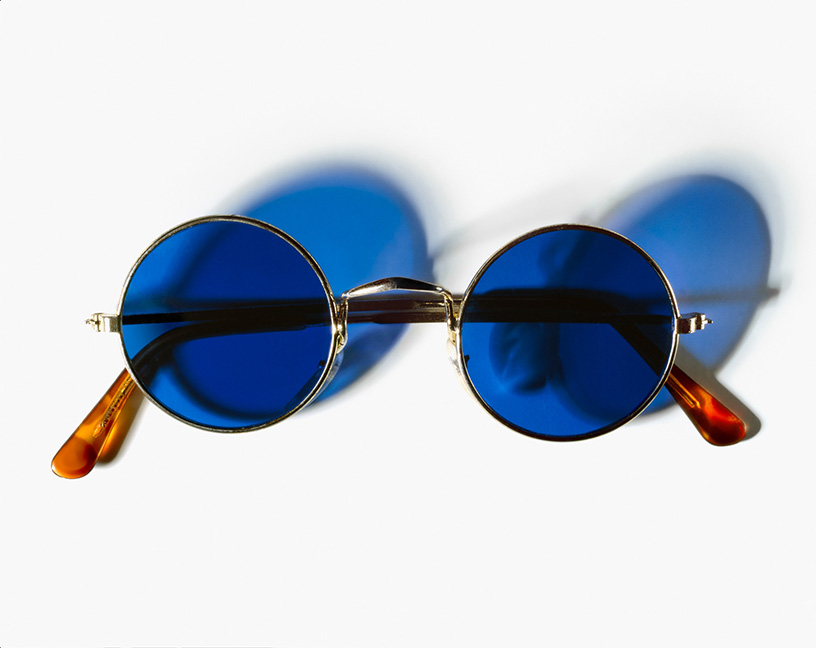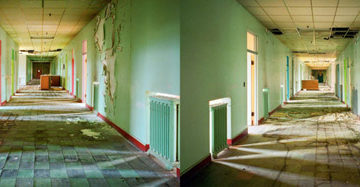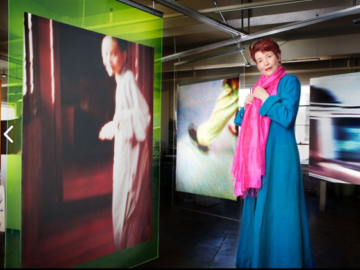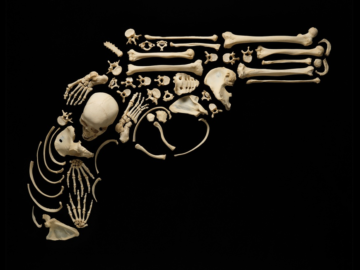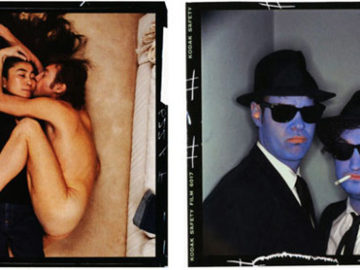Henry Leutwyler is best known for his photos of famous faces, shot for such publications as Vanity Fair, The New Yorker, and The New York Times Magazine. “People know me for celebrity portraits,” says Graphis Master Leutwyler, “but I wanted to do a book project that’s the result of personal work and not an accumulation of editorial jobs.” This quest led to his still life series Document, subject of a solo exhibition at the Musée de Beaux-Arts in Le Cocle, Switzerland through October 15, as well as a fine-art book out from Steidl. “This is a representation of famous people I could no longer photograph, because they are no longer with us,” Leutwyler explains. “I made a list of my childhood heroes and I started doing research on what I would be interesting to photograph as still life—because objects speak.”
Over 12 years Leutwyler tracked down iconic emblems of renowned lives: Charlie Chaplin’s cane in City Lights, James Dean’s room key at the Iroquois Hotel, Janis Joplin’s acoustic guitar, James Gandolfini’s Cadillac, John Lennon’s circular shades (above). “I like to joke, saying, ‘If my mother didn’t make my father wait ten years before they got married, I would be close to 70 and maybe I could have met John Lennon and photographed him.’ Now the only way for me to honor my hero is to photograph his blue glasses.”

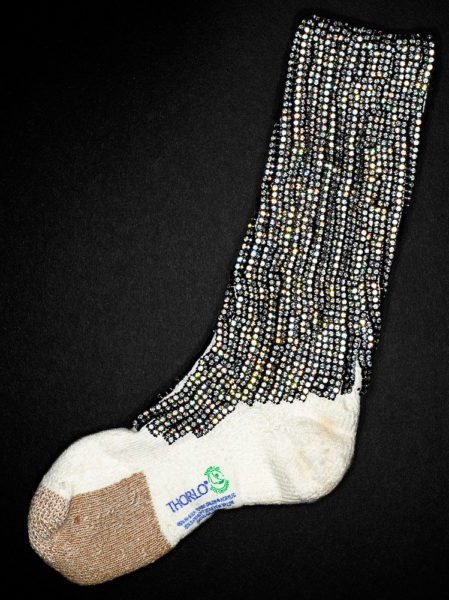
Leutwyler says the project actually began to take shape after he came in contact with the gun that killed Lennon while working on an assignment about illegal weapons—the revolver used by assassin Mark David Chapman appears on the cover of Document. Leutwyler also drew on material from his 2010 book Neverland Lost, depicting items that belonged to Michael Jackson—such as the sequined glove and socks above—at a time when they were slated to be auctioned (later withdrawn) shortly before the singer’s death. Photographs © Henry Leutwyler
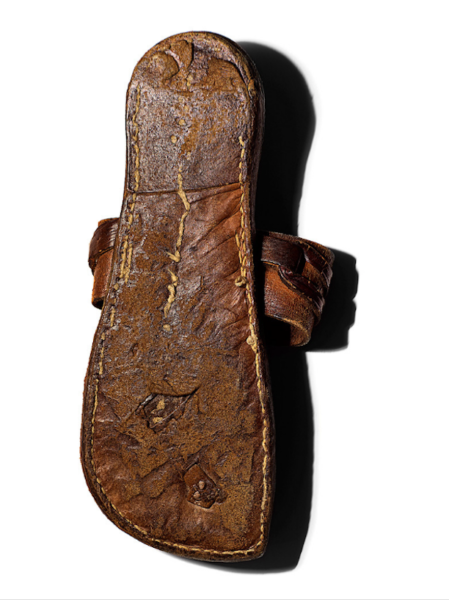
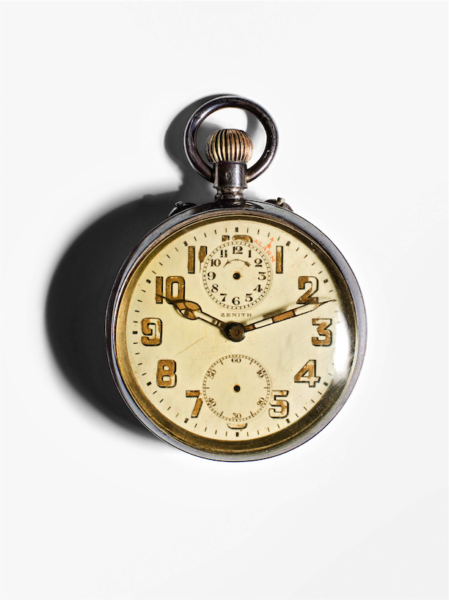
One of Leutwyler’s philosophical heroes, Mahatma Gandhi, famously left behind few possessions; among them were a sandal (above left) and a pocket watch (right). Leutwyler says tracking down such items is “a game of cat and mouse” that involves research, detective work, a bit of luck, and persistence. “I’m not always patient—but I am for this project,” Leutwyler says with a laugh. “I’m Swiss-Italian. The patient part of me is the Swiss half and the stubborn one is the Italian.” Photographs © Henry Leutwyler
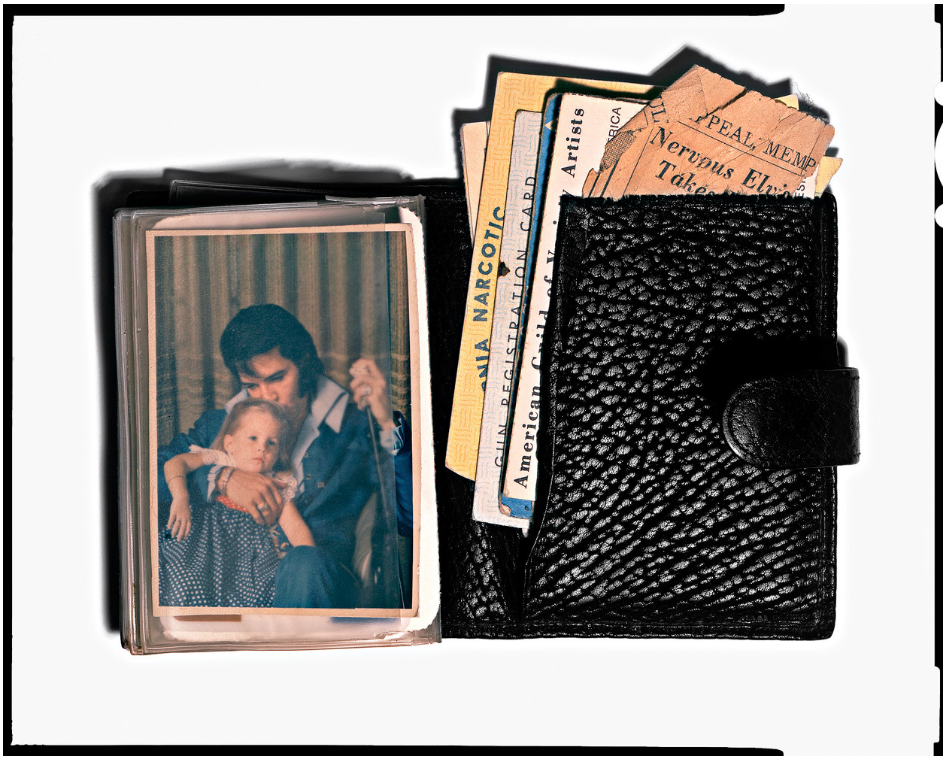 Another project informing Document is the 2005 book Elvis by the Presleys, which features Leutwyler’s images of emblems including Elvis’s memento-stuffed wallet (above) and a television in his Palm Springs home (below), bearing a bullet hole the King shot through the screen in a fit of pique. To Leutwyler, such details humanize the larger-than-life subjects behind these artifacts. He likes to quote one of his artistic role models, photo master Irving Penn: “Still life is a representation of people. They are in the background. The camera is simply not focused on them.” Leutwyler recently acquired one of Penn’s grease pencils used to mark up contact sheets—he plans to show it in a follow-up book. Photographs © Henry Leutwyler
Another project informing Document is the 2005 book Elvis by the Presleys, which features Leutwyler’s images of emblems including Elvis’s memento-stuffed wallet (above) and a television in his Palm Springs home (below), bearing a bullet hole the King shot through the screen in a fit of pique. To Leutwyler, such details humanize the larger-than-life subjects behind these artifacts. He likes to quote one of his artistic role models, photo master Irving Penn: “Still life is a representation of people. They are in the background. The camera is simply not focused on them.” Leutwyler recently acquired one of Penn’s grease pencils used to mark up contact sheets—he plans to show it in a follow-up book. Photographs © Henry Leutwyler


